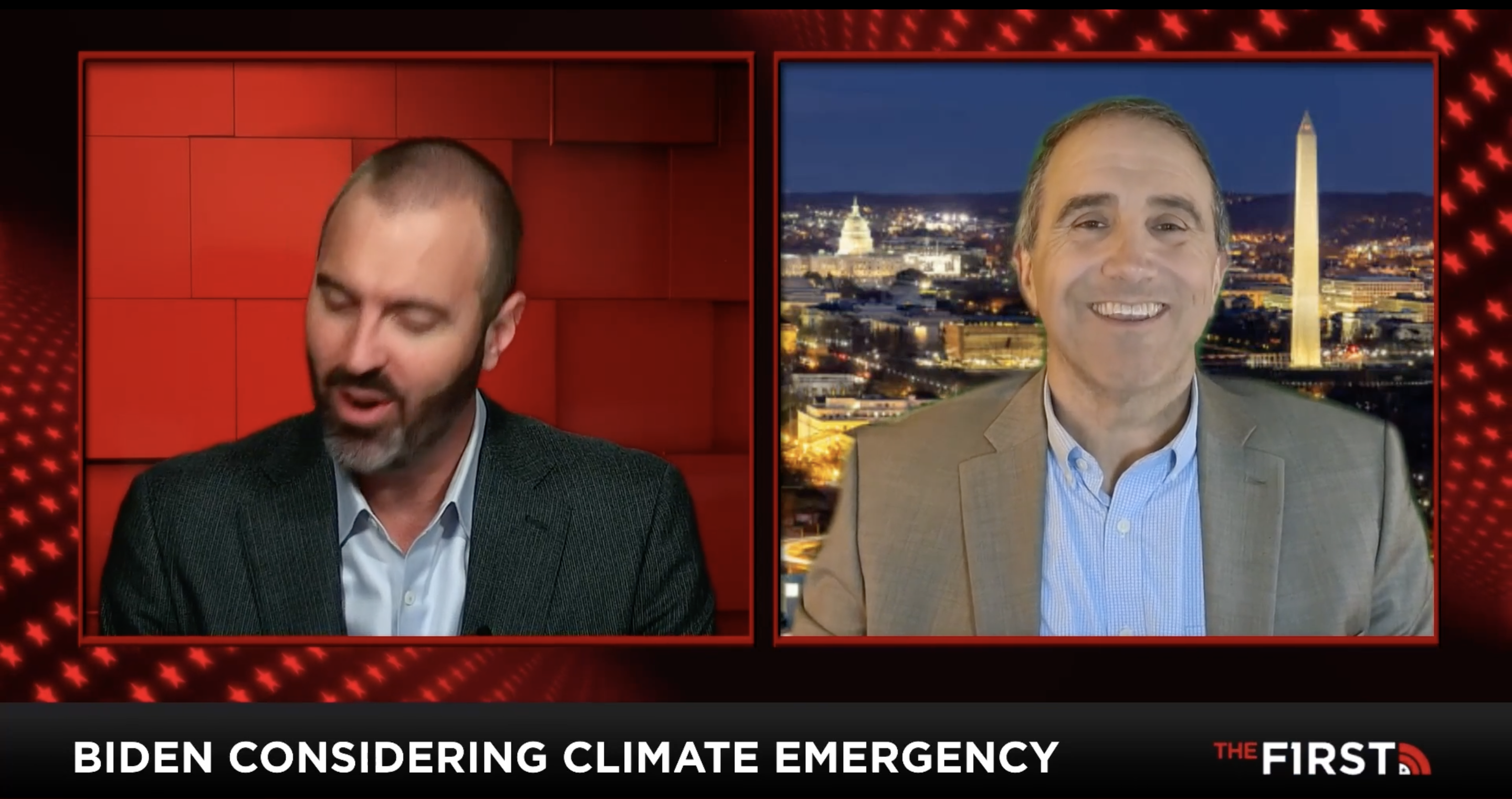October 26, 2016 by Bonner Cohen, Ph. D.,
With an enthusiastic call for “sustainable urban development,” the United Nations has adopted a far-reaching document intended as a blueprint for the future of cities around the world. Described by the UN as an “inclusive, action-oriented, and concise document,” the “New Urban Agenda” (NUA) was approved on Oct. 21, the final day of the UN’s Habitat III conference in Quito, Ecuador.
The NUA, the UN proclaims, “will guide the next twenty years of sustainable and transformative urban development worldwide.” “It is a vision,” the UN explains, “of pluralistic, sustainable, disaster-resilient societies that foster green economic growth.” The centerpiece of the NUA is the promotion of “compact cities,” in which people will have little choice but to live in densely populated, high-rise buildings in order to lower their impact on the environment.
According to UN figures, some 30,000 people attended Habitat III, 10,000 of whom were international visitors, representing 167 countries.
New Urban Agenda
In keeping with long-standing UN tradition, the Habitat III conference was convened to address a “crisis.” This one involves the problems facing cities. They are said to require “urgent action.” And who better than the United Nations, aided by a coterie of self-described “urban exports” and “stakeholders” could provide the top-down solutions that will make the world’s cities a better place to live in the decades to come? Among the commitments contained in the New Urban Agenda are:
Ensure environmental sustainability, by promoting clean energy and sustainable use of land and resources in urban development; by protecting ecosystems and biodiversity, including adopting healthy lifestyles in harmony with nature; by promoting sustainable consumption and production patterns; by building urban resilience, by reducing disaster risks; and by mitigating and adapting to climate change.
And:
Readdress the way we plan, finance, develop, govern, and manage cities and human settlements, recognizing sustainable urban and territorial development as essential to the achievement of sustainable development and prosperity for all.



